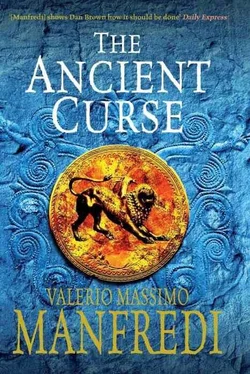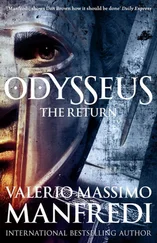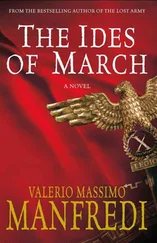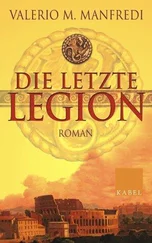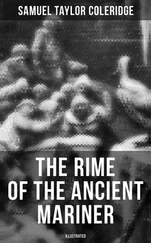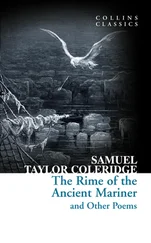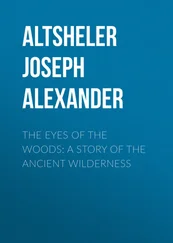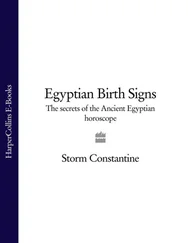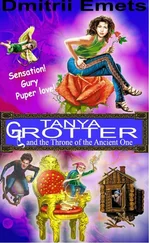‘All you need to do, then, is uncover the identity of the third man. You put a couple of well-armed units on his tail and wait until the killer – man or beast – shows up. Then you capture him or take him out.’
‘I could hire you as an investigator,’ Reggiani complimented him.
‘Yeah, an archaeologist is a bit like an investigator, Lieutenant, but there’s a difference. You arrive at the scene of a crime a few minutes or at most a few hours after the fact. We don’t get there until centuries later.’
‘That’s true. I never thought of that. But, as I was saying, we are unfortunately not certain that the second victim is actually connected to the first and we can’t afford to wait until we find the third. I’ve got too many people breathing down my neck.’
‘How can I help you, then?’
Reggiani lowered his head as though he were too embarrassed to express his thoughts in words. ‘I don’t know how to say this… Well, I have the impression that all this originated from the opening or, if you prefer, the violation of the Rovaio tomb. I know this will make you laugh, but I can’t help but wonder if… somehow… if it’s not the fault of some…’
‘Curse?’ offered Fabrizio, without a trace of sarcasm in his tone.
‘Well, I don’t know how to explain this… but I can tell you that sometimes, when we don’t have a scrap of information to go on, we’ve resorted to consulting certain individuals – you know… psychics, to be blunt. I can assure you that the results have been astonishing at times. It’s done abroad as well, in France, the US…’
‘Confidentially speaking, Lieutenant, there are archaeologists who consult psychics as well, though I’m not sure with what kind of success rate. Personally, I’ve never believed in them,’ Fabrizio went on, ‘but I must admit you have quite a problem on your hands. You don’t know where to turn.’
‘You’re right. We have no trail to follow, no evidence to examine. Nothing to go on, in short.’
Fabrizio thought of what he had imagined while he was at work below and he felt a chill go up his spine. Reggiani noticed his shudder.
‘What about that chase the other night?’ asked Fabrizio to distract the officer from his own reaction. ‘You had your guys out in full force.’
‘Right, and that attracted a little too much attention. We tried to pass it off as a man hunt after a robbery. Anyway, we turned up nothing. Like looking for ghosts. There’s nothing we haven’t tried. This morning I saw an anatomopathologist and spoke to our medical examiner, Dr La Bella. He’s a man of few words but great experience, and the results of his autopsy were, simply put, horrifying. Both men were slaughtered by an enormously powerful wild animal with huge fangs. We’re talking six or seven centimetres.’
Fabrizio scowled and remembered the canine tooth he’d picked out of the box downstairs. He stuck his hand in his pocket and felt it there, long, smooth and sharp, as if twenty-four centuries had passed without making a dent. He pulled it out and showed it to Lieutenant Reggiani, holding it by the tip.
‘Like this one?’ he asked.
LIEUTENANT REGGIANI stared in amazement at the sharp fang between Fabrizio’s index finger and thumb, then raised his eyes and held the archaeologist’s gaze for a long, tense, silent minute before saying, ‘Yes… I would say so. What is it?’
‘I should have an answer for that,’ said Fabrizio. ‘But I don t. A colleague of mine who is an expert in palaeozoology should be arriving soon from Bologna. She has studied a vast number of ancient bone fragments and skeletons of every species, both wild and domesticated. If she can’t figure this one out, I know of no one else who can. This tooth belongs to a complete skeleton of which I’ve sent her a photograph by email, but she seemed quite puzzled. She thought it was a canid, but wouldn’t hazard anything else. It’s the dimensions which are astonishing, along with its uncommon anatomical features.’
‘Where did you find it?’
Fabrizio opened his desk drawer and pulled out a photograph, setting it down on the table for the officer.
‘In a roughly carved sarcophagus, without an inscription of any sort, inside the tomb I excavated at the Rovaio site.’
‘How extraordinary,’ exclaimed Reggiani as soon as he had managed to work out what he was looking at. ‘But… what is it?’
‘It’s the first and only physical proof we have ever found of the most frightful rite of the Etruscan religion. This is the tomb of a Phersu. Until now, we’ve only suspected its existence from iconography – most notably, a fresco in the Tomb of the Augurs in Tarquinia, along with a couple of others. But we’ve never had tangible evidence and certainly nothing so explicit.’
‘Go on,’ prompted Reggiani, as if he were interrogating a witness.
‘Habitually it was a sort of human sacrifice dedicated to the soul of a high-ranking person who had died. The rite has very ancient roots and was performed by diverse civilizations. Even the Greeks, in the most archaic age. Do you remember the Iliad ?’
‘A little, here and there. I haven’t read it since high school,’ said Reggiani, certain that the professor was about to give him a lecture on classical culture.
‘You must certainly recall the funeral games honouring Patroclus, including a sword fight between two men. The referee, who is Achilles in this case, interrupts the combat at first blood. But it’s thought that in more ancient cultures the duellers were forced to fight on until one of them died, so that his soul could accompany into the afterlife the dead person for whom funeral rites were being celebrated. In later ages, these duels were purged of their bloodier components and became purely athletic competitions, converging in great sporting and religious performances like the Olympics. In Italy, on the other hand, the duels maintained their violent connotations and evolved into the gladiator fights of the Roman age.’
‘I had no idea,’ admitted Reggiani. ‘So the origins of Roman combat in the arena were Etruscan?’
‘Most probably. But, as I said, it started out as a religious rite, as far-fetched as that may seem to us now. Human sacrifice was a way of appeasing the gods. Usually a prisoner of war would be forced to fight against a wild animal, or more than one, under conditions which doomed him to lose.
‘But what I’ve found evidence of here makes me hypothesize an even more cruel variant. I think that when the crime committed was beyond the pale, a real monstrosity, a horrible act that broke the laws of man and nature, the community would be seized by a kind of collective panic, fearing that the gods would not be satisfied with the sacrifice of a single life to atone for such horror and would seek to punish the whole community.
‘The natural solution would be to execute the guilty party by subjecting him to the most tremendous torture. But what would happen if, let’s say, the person accused of this horrendous crime declared himself innocent and that there was no definitive evidence to prove his guilt. In that case, he would be subjected to a trial by ordeal. He would be given a sword, but one hand would be tied behind his back and his head would be enclosed in a sack. Thus disabled, he would be made to fight off a ferocious animal: a wolf, or even a lion. If he managed to survive, that meant he was innocent and he could return to his everyday life, with his prior rank and rights. If he died, the beast that had killed him would be buried along with his body so it could continue to torment him for all eternity. That’s what I think I see in this photograph,’ concluded Fabrizio, replacing it in the drawer.
Читать дальше
